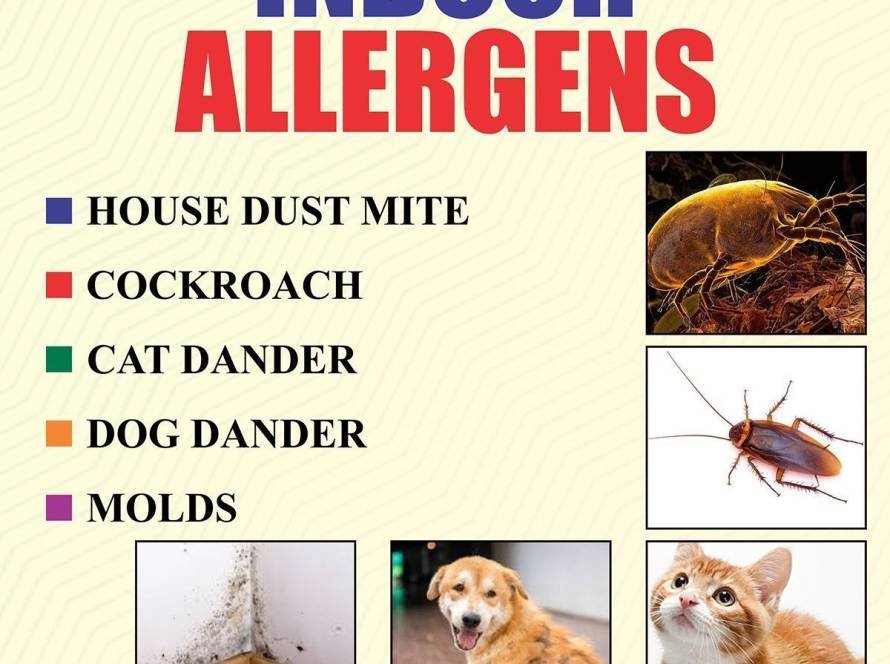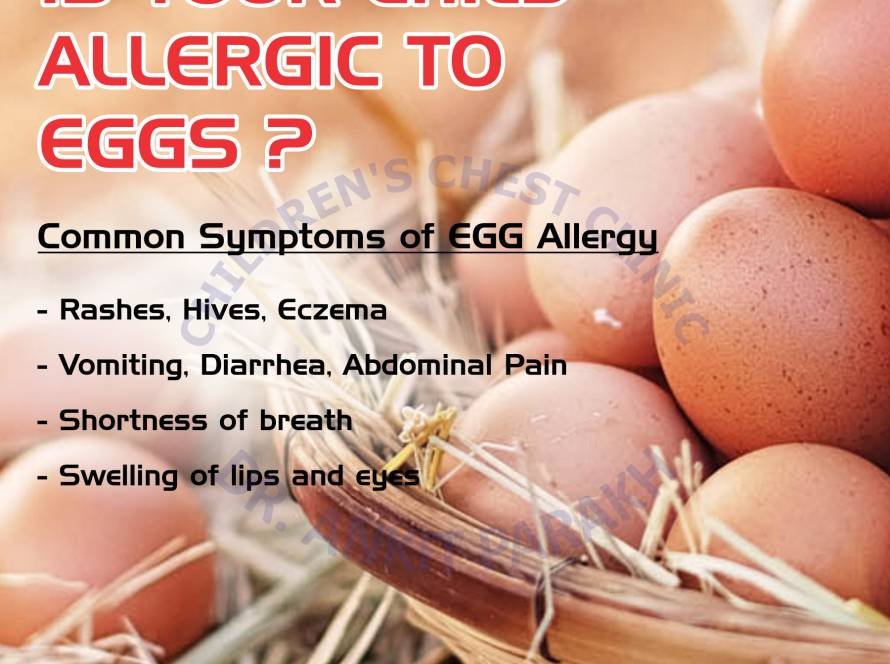Although air pollution adversely affects the health of all individuals, certain groups of people are more predisposed to its ill effects. These groups include young children, elderly people and people with chronic respiratory diseases. Asthma is the most common chronic respiratory disease worldover. Children with asthma are the worst hit with rising levels of air pollution in India.
What does air pollution do to people with asthma?
Children with asthma are at greater risk with rising levels of air pollution both with short-term and long-term exposure. Children with asthma get more frequent acute asthma attacks and are more likely to have emergency room visits for these asthma attacks. Hospital admissions for acute asthma attacks are usually seen to go up in parts of the year with worse air pollution levels. In many children with chronic asthma, rising air pollution levels lead to more symptoms of cough, breathlessness and wheezing requiring increased drug doses for control of symptoms. Air pollution also leads to reduction in the lung function in children with asthma.
Can asthma be caused by air pollution?
Research has long linked childhood asthma with exposure to indoor and outdoor air pollution. Traffic-related air pollution, nitrogen dioxide and second-hand smoking (SHS) are considered to be the most important risk factors for asthma causation in children.
What air pollutants cause asthma?
Years long research has shown a clear association between short-term exposure to outdoor air pollutants and their impact on childhood asthma. Children with asthma being exposed to air pollution have worse asthma symptoms, poor control of asthma, reduction in lung function, need more asthma medicines, have more OPD visits for asthma and have more frequent asthma attacks. They also tend to have more emergency room visits and hospitalizations for asthma.
Key air pollutants which worsen asthma are ozone (found in smog) and particulate matter, especially PM2.5 (found in haze, smoke, and dust). Other air pollutants like carbon monoxide, nitrogen dioxide and sulphur dioxide are also important.
Does an air purifier help asthma?
Air purifiers are effective in improving indoor air quality although the benefits appear to be limited. Most households have open windows and doors outside where polluted air tends to get into our houses. In addition in most Indian homes air purifiers are used for a few hours in the bedrooms overnight. Air purifiers are useful in removing smoke, dust particles and animal dander but not very useful in removing allergens like house dust mites.

What are the suggested measures to minimize the health effects of air pollution?
Several measures have been proposed to help reduce the impact of air pollution on health especially in children with asthma. Outdoor activities need to be limited during periods of high level of air pollution. Wearing a close-fitting N95 face mask has been suggested when air pollution levels are high. It is recommended to travel via low-traffic routes, keep windows closed while driving and maintaining a car air filtration system. Shifting houses to areas which are less polluted and at least 300-500 m away from the driveway is also helpful.
Other measures which could be useful in reducing air pollution in general are shifting from motorized transport to active travel like cycling or walking, using public transport and making car pools. Using cleaner fuels like CNG or electric vehicles will also help in reducing air pollution.






